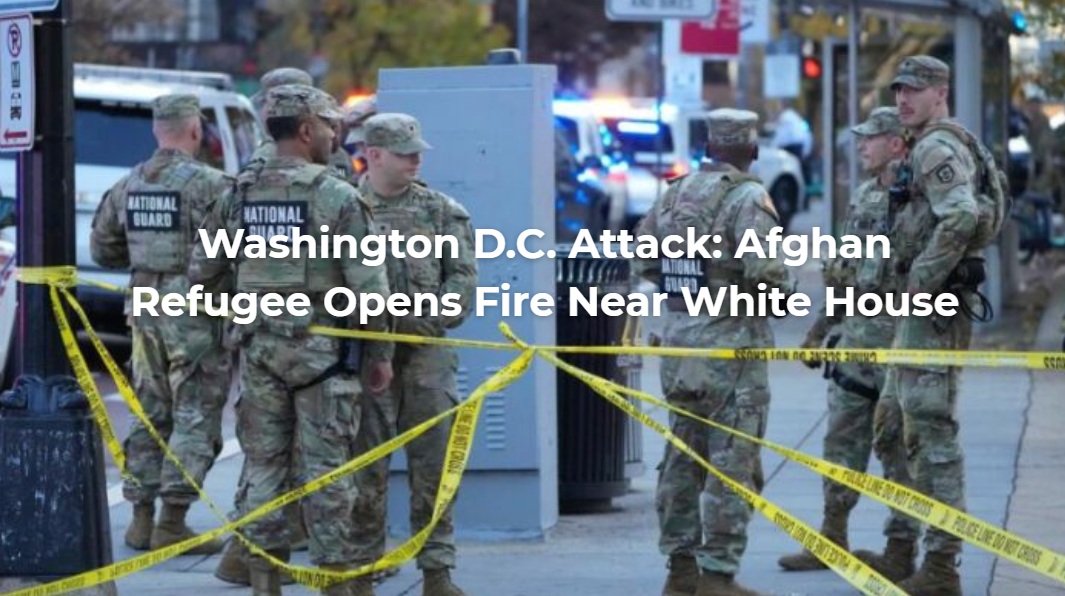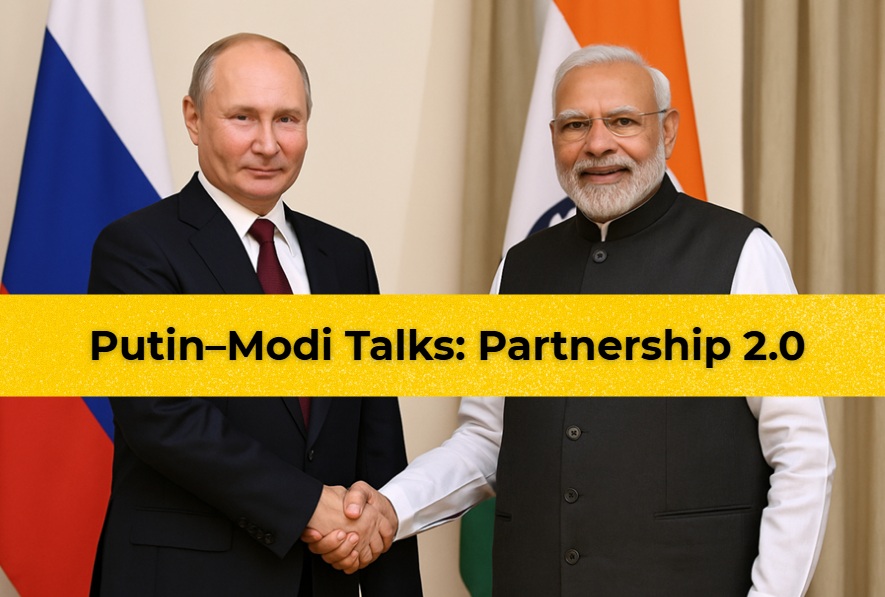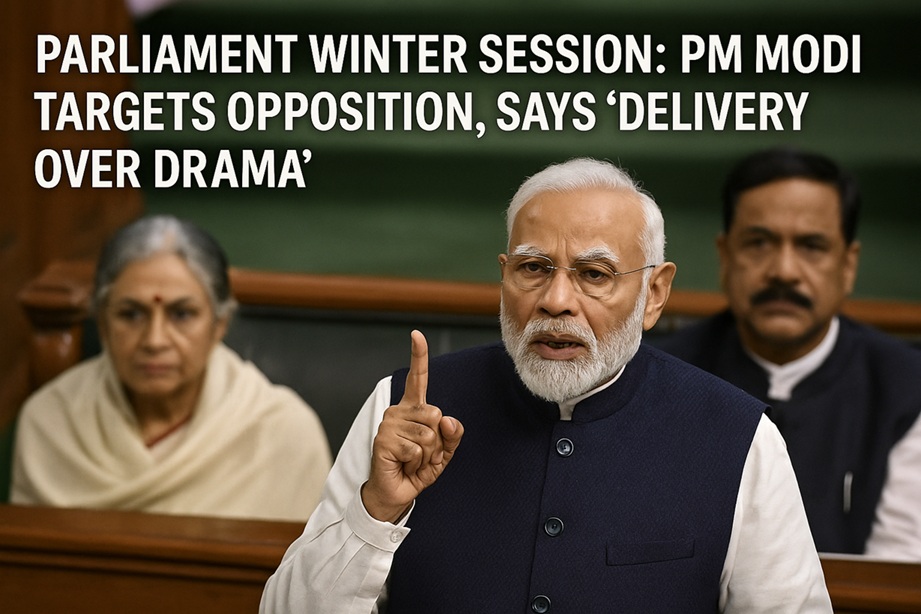A day after Chinese Foreign Minister Wang Yi wrapped up his two-day visit to New Delhi, Beijing sent a strong diplomatic signal. China’s Ambassador to India, Xu Feihong, openly opposed the United States’ steep tariff hike on Indian goods and called for closer cooperation between India and China. His remarks add another layer of pressure on Washington, where growing dissent within the American establishment itself suggests that President Donald Trump’s trade gamble on India may already be backfiring.
The Tariff War: From 25% to 50%
The Trump administration recently announced a 50% tariff on Indian goods, doubling the existing 25% duty. The additional 25% is set to come into effect on August 27, but the decision has already triggered alarms worldwide.
China’s reaction: Beijing accused Washington of “bullying” and warned that silence in the face of such measures would only embolden aggressors.
Internal criticism in the US: Former US National Security Advisor John Whitten slammed the move as a “strategic blunder,” arguing that punishing India for buying discounted Russian oil undermines US long-term interests.
Political backlash: Prominent American voices, including former officials and diplomats, are cautioning that Trump’s tariff escalation risks isolating Washington at a time when India’s global influence is rising.
Trump’s U-Turn and the Cracks in Washington
Until recently, Trump and his advisors projected toughness, threatening India with dire consequences if it continued oil trade with Russia. But with global backlash intensifying, the tone in Washington has shifted.
Peter Navarro, Trump’s trade advisor, who once mocked India, has now called Prime Minister Narendra Modi a “great leader” and urged New Delhi to reconsider its role in stabilizing the global economy.
Pentagon officials, including Michael Rubin, are now appealing for calm, stressing that US foreign policy is not dictated by Trump alone and that Congress remains firmly pro-India.
Reports in Politico suggest that resignations are piling up within Trump’s inner circle, further weakening his stance.
India’s Four Strategic Objectives
Despite external pressure, India’s approach under the Modi government remains firm and guided by four clear strategic priorities:
Energy Security – Ensuring uninterrupted access to oil, gas, electricity, and nuclear resources.
Defence and Technology Access – Securing advanced systems, from the S-400 missile shield to fifth-generation fighter jets, drones, and indigenous defence tech under Make in India.
Strategic Autonomy in a Multipolar Era – Maintaining freedom to engage with all powers—US, Russia, China, France, or Australia—without alignment to any single bloc.
Geopolitical Leverage – Expanding India’s role in global politics, including securing a permanent seat in an expanded UN Security Council.
These objectives, officials argue, are non-negotiable, regardless of tariff threats or diplomatic coercion.
China’s Calculated Support
China’s endorsement of India in this trade row is significant. By branding the US a “bully” that has long exploited the free-trade system for its own benefit, Beijing is attempting to:
Position itself as a defender of the multilateral trading system.
Build common cause with India and Russia against unilateral US actions.
Signal that the India-China rivalry need not prevent economic cooperation in the face of American pressure.
Xu Feihong’s remark that “India is not our enemy, but our partner” marks a notable softening in tone after years of border tensions.
The Russia Factor, Dedollarization, and the Rise of RIC
Alongside deepening energy and defence ties, the India-Russia economic corridor is accelerating a shift away from the US dollar in international trade.
Rupee-Ruble Trade: India is increasingly buying Russian oil in rupees and rubles, bypassing dollar settlements.
Yuan and Local Currencies: China has already expanded its use of the yuan in cross-border trade. Both Beijing and Moscow are encouraging New Delhi to join a larger local currency settlement system.
BRICS Currency Push: The ongoing BRICS discussions on creating a common settlement mechanism or digital currency directly challenge the dollar’s dominance.
This dedollarization trend is no longer theoretical. The India-Russia-China (RIC) bloc, once considered a geopolitical idea, is fast becoming an economic reality:
A $100 billion trade target between India and Russia has been set for the next five years.
India-China trade, despite border tensions, remains robust, with both sides recognizing the need for economic pragmatism.
If RIC consolidates, global commerce could tilt Asia-centric, diminishing the leverage of US financial sanctions and the dollar-dominated SWIFT system.
US Losing Ground in Asia-Pacific
Experts argue that Trump’s aggressive tariff strategy risks accelerating America’s decline in Asia:
For Washington, this is a nightmare scenario. The dollar has long been America’s greatest geopolitical weapon—used to enforce sanctions, influence trade, and maintain global supremacy. But with India, Russia, and China exploring alternative currency systems, the US risks losing one of its strongest tools of coercion.
Quad at risk: If India leans towards China, the Quad’s strategic effectiveness could collapse.
Allies frustrated: Japan and Australia, both long-time allies, are increasingly disillusioned with Washington’s unpredictability.
Global credibility eroding: America’s allies now view it as an unreliable partner, vulnerable to the whims of its leadership.
Former diplomat Lizak Curtis put it bluntly: “If India, China, and Russia come closer, the US will be forced to rethink its entire South Asia policy.”
Trump’s Embarrassment on the World Stage
What was intended as a show of strength by Trump has instead turned into a spectacle of international embarrassment:
China openly calls the US a bully.
Russia deepens trade with India.
US experts and officials break ranks to support New Delhi.
Prime Minister Modi is increasingly being hailed—even by Trump’s own advisors—as a decisive global leader.
As one analyst quipped, “Trump thought he was the dealmaker. Now he’s the one being cornered into making concessions.”
Conclusion: India Stands Firm, Trump Under Siege
India today enjoys the rare backing of both Russia and China while maintaining constructive ties with the US Congress and much of the American establishment. By sticking to its four strategic goals, New Delhi has shown it will not bow to tariff blackmail.
Trump’s tariff war, far from weakening India, may have pushed New Delhi closer to Beijing and Moscow—reshaping the geopolitical chessboard in Asia.
For now, the world is watching: Will the US double down on its bullying tactics, or will Trump be forced into yet another U-turn?






